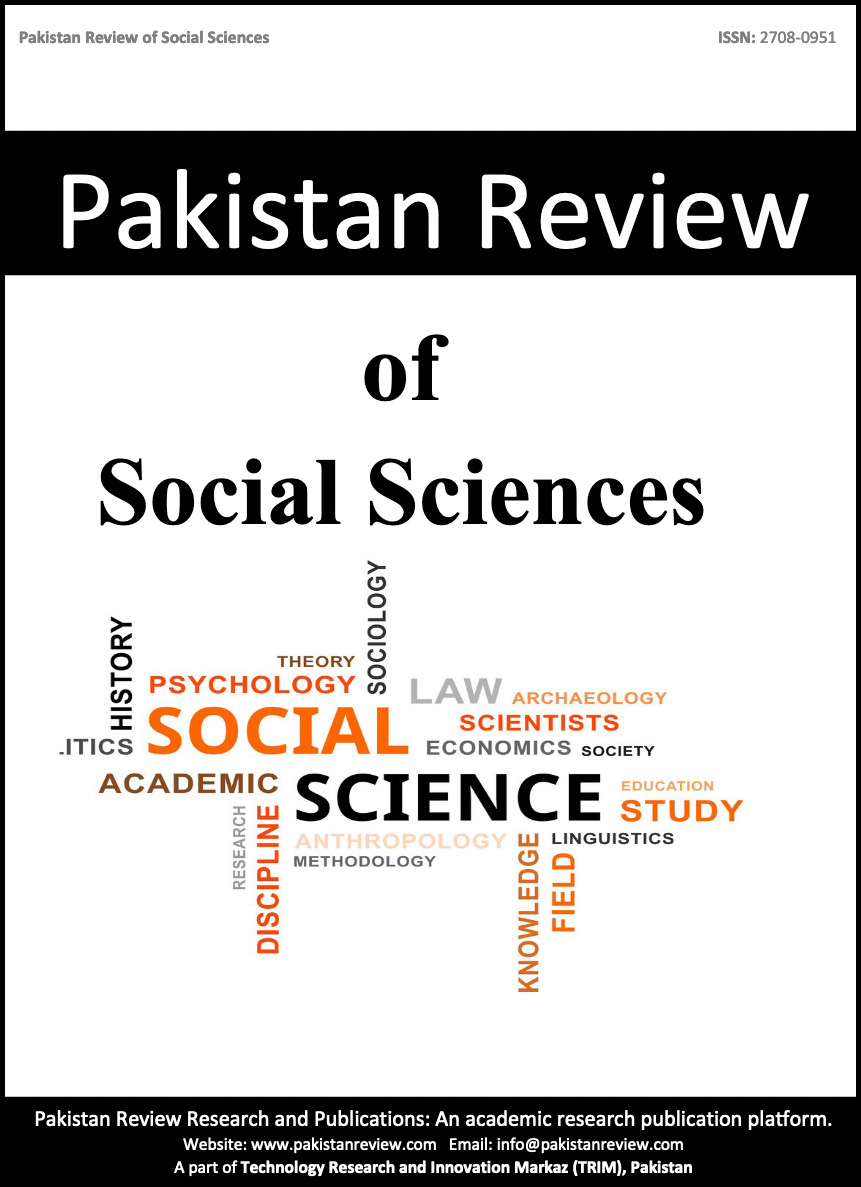Semiotic study of AL Rahman Verse Based on signifying system and semiotic theories
Keywords:
Semiotics, Signifying system, Al Rahman, sign studyingAbstract
In many cultures esp.in the Islamic and Iranian culture, it might be said that scriptures, “here means the Holy Quran” are the “text of texts,” the first and ultimate text, the model for all books and the font of all images of literary inspiration. “Scriptures” are the model for the organization of written words to bear numerous meanings; more than a mere narrative, the story of “scriptures” is a narrative whose full nature is regarded as diminished and confounded by the limits of human memory and speech. It is the written word elevated into a service that eliminates the lines between medium and message, only to reimpose these lines in less sacred contexts. The importance of semiotic, its effects and analysis in the modern language,literature and linguistic studies is not deniable and experts of teaching, linguists and critics of literature all somehow usesemiotics in their works. This paper tries to use semiotic and sign studying for analyzing of AL Rahman Verse (Bride Of Quran ) from Holy Quran and indicating to the new concepts based on signifying system and semiotic theories to show the greatness of the layers of meanings and concepts in the Holy Quran and one of its best verses(AL Rahman). Semiotics theories and different theorists’ ideas such as Roland Barthes’, Umberto Eco’s, Sebeok’s, and Lotman’s have been discussed and applied on the some part of Al Rahman verse.
Downloads
Published
Issue
Section
License
Copyright (c) 2025 Kian Pishkar, Nooshin Nasery , Taif Abdulhussein Dakhil

This work is licensed under a Creative Commons Attribution 4.0 International License.
Submission declaration
Authors retain the copyright to their work and grant the Pakistan Review of Social Sciences (PRSS) the right of first publication under a Creative Commons Attribution 4.0 International (CC BY 4.0) license. This license allows others to share, adapt, and reuse the work for any purpose, including commercial use, as long as appropriate credit is given to the original authors and the journal.
By submitting a manuscript, authors confirm that the work has not been published previously (except as an abstract, lecture, or academic thesis), is not under review elsewhere, and has been approved by all authors and relevant authorities. Once accepted, the article will be openly accessible under the CC BY 4.0 license, ensuring wide dissemination and reuse with proper attribution.






